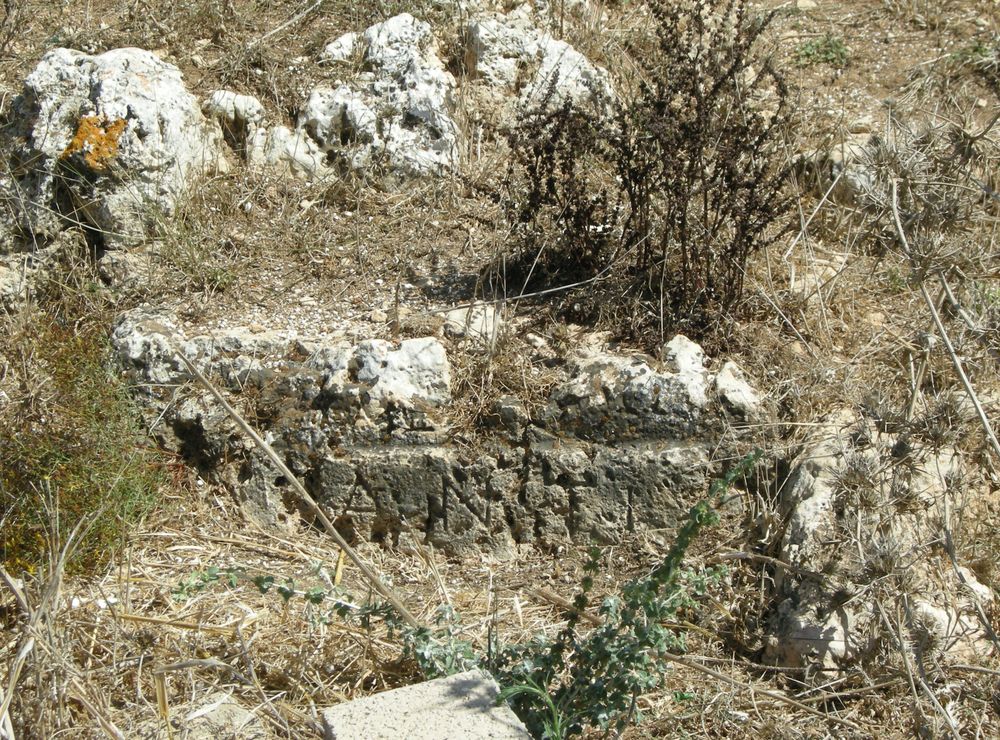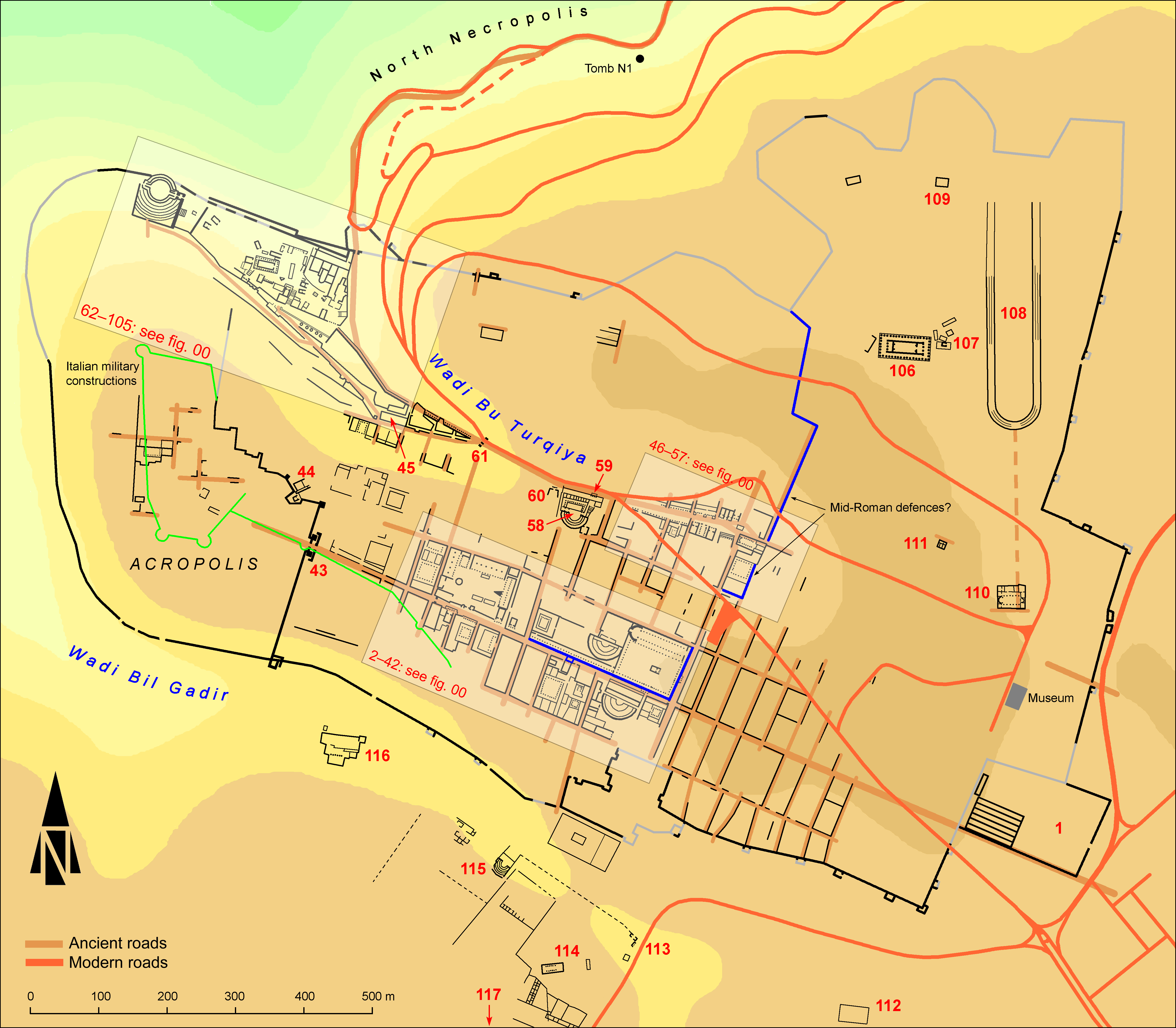EpiDoc XML:
IGCyr1343002
Trismegistos ID:
738890
Source description
Support: A rock-cut altar with one compartment (dimensions unknown).
Layout: Inscribed: a) on the rim of the compartment, which is severely worn out, b) on the rocky front below.
Letters: a) 0.055, b) 0.08, carefully cut at b), which is better preserved, with serifs; slighlty slantering mu, horseshoe shaped omega; about alpha see commentary.
Date: Probably third century BC (context, lettering).
Findspot: Found in 2012 by the Mission of Urbino at Cyrene ➚: in the lower part of Wadi el Aish.
Place of origin: Findspot.
Last recorded location: First studied in 2012 by E. Rosamilia in situ in the Wadi el Aish.
Text constituted from: Transcription from editor.
Bibliography
Gasparini – Rosamilia 2016, n. 11 (fig. 25), whence SEG, 66.2330; IGCyr 134300 ➚.
Text
French translation
a) (scil. Autel) de Mélikhios.
b) Antis.
English translation
a) (scil. Altar) of Melichios.
b) Antis.
Italian translation
a) (scil. Altare) di Melichios.
b) Antis.
Arabic translation
.(يفهم ضمنياً أنه مذبح) لميليخيوس . ب) أناتيس
Commentary
Whereas the other letters have shapes and serifs typical of the Hellenistic period, the alpha has the right oblique bar slightly protruding. What would be a later feature if matching the other letters cannot be taken as such in this document and should be the result of an accident in cutting on that vertical surface.
E. Rosamilia, while dating the lettering in the third century with those arguments, can only restore the divine epithet as given above. The first syllable would have been influenced by the koine with Μειλ- vs dialectal Μηλ-. C. Dobias-Lalou comments that this is somewhat contradictory with the dialectal ending of genitive. She would prefer and archaic spelling Με̄λ- like at IGCyr0311002 and would be inclined toward dating the lettering at the very beginning of the fourth century BC, when the use of the new letters eta and omega were not yet fully assimilated.
Both parts of the inscription are not grammatically related, but should be understood together, a) giving the name of the god as 'owner' of the altar (or more precisely of the compartment) and b) the name of the worshipper. Zeus is not named here, only his epithet is mentioned (see also IGCyr0649002 and IGCyr0315002).
The personal name Antis is here attested for the first time in Cyrenaica. It is one of the very common short forms in -ις, derived from one of the many attested compounds in Αντ(ι)-.
CC BY-NC-SA 4.0 Deed Attribution-NonCommercial-ShareAlike 4.0 International License.
All citation, reuse or distribution of this work must contain a link back to DOI: https://doi.org/10.60760/unibo/igcyrgvcyr2 and the filename (IGCyr000000 or GVCyr000), as well as the year of consultation.


